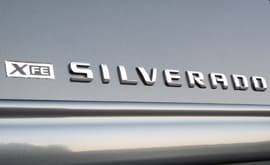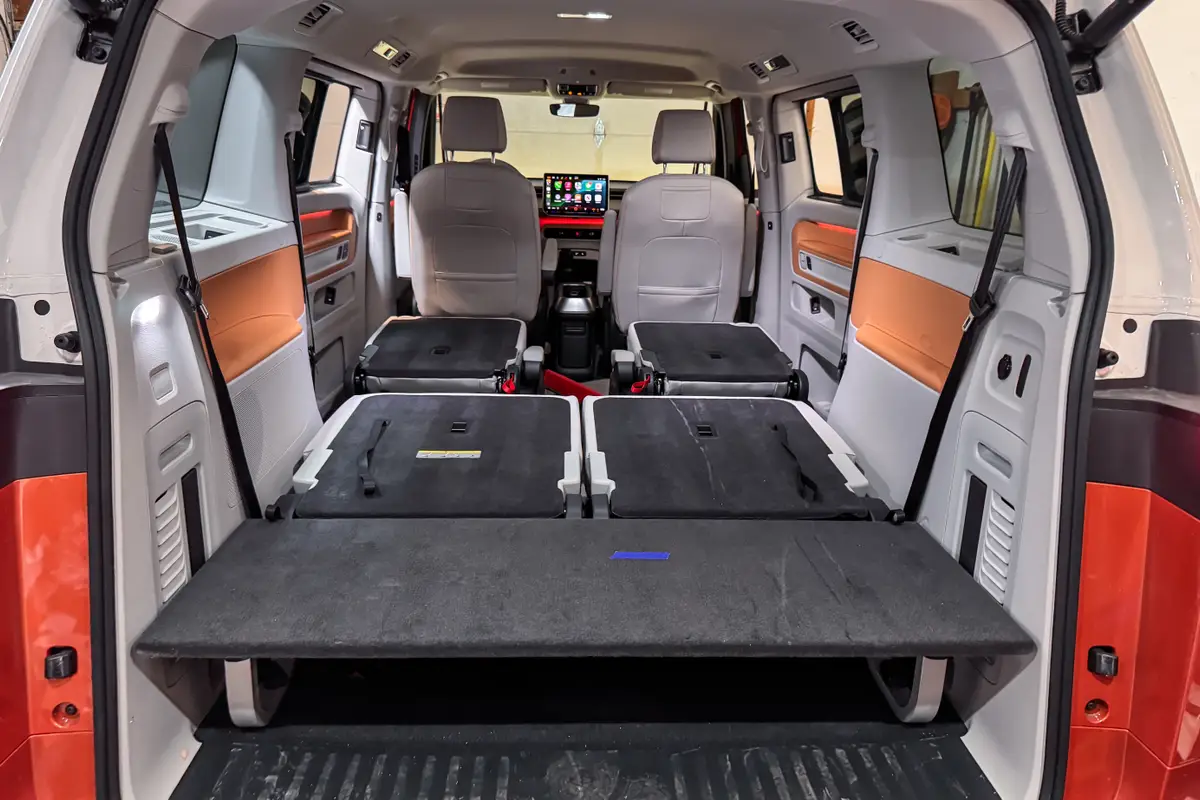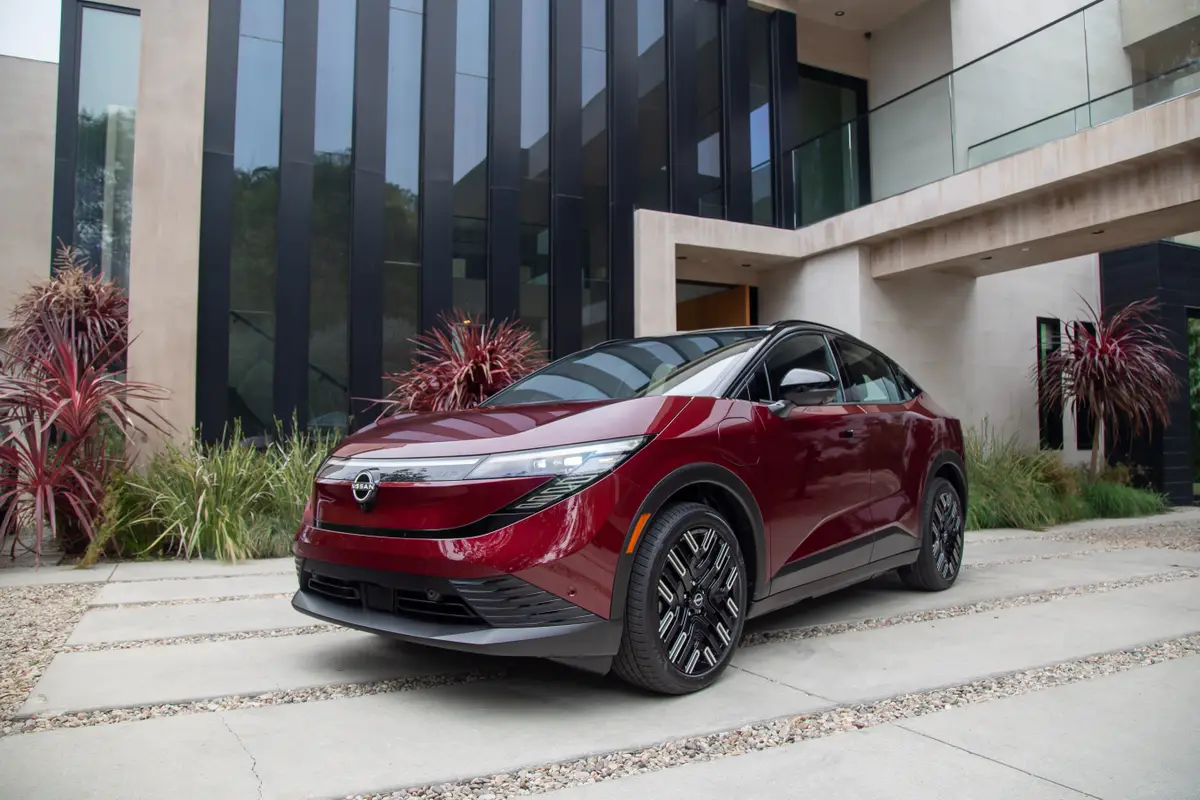GM, Others Eking Out Extra MPG


With mileage ratings preceding horsepower in a lot of car ads these days, it’s no surprise automakers are going to great lengths to squeeze out a few more mpg — even before a car is redesigned. A few examples: For 2009, Ford gave the V-6 Escape a transmission and valvetrain upgrade to achieve 2 mpg better on the highway.
Hyundai tweaked the Accent’s drivetrain calibrations and tire pressure to earn 1 or 2 mpg better city or highway, depending on trim. And GM’s ’09 Chevy Cobalt and Pontiac G5 deliver a not-too-shabby 25/37 mpg city/highway with a stick shift and 2.2-liter four-cylinder. A couple years ago, the same configurations in both cars yielded a less-competitive 22/31 mpg. The General calls these high-mileage trims XFE, which stands for eXtra Fuel Economy, and the designation applies to higher-mpg configurations on other models, too.
How do you carve out mileage gains without throwing in new engines or completely redesigning a car? What’s the limit on such incremental improvements? We chatted with GM vice chairman Bob Lutz at a racetrack media event in Joliet, Ill., Thursday. In typical Lutz fashion — he was equal parts cigar smoke and anecdotes at GM’s trackside tent — he rattled off a litany of possible tweaks. But he acknowledged that the sort of mileage gains people might hope for require far more extensive surgery.
“You can do some performance tradeoffs,” Lutz said. “What you use is a longer final drive [ratio] and you can pick up a percent or two. The same goes with low-rolling resistance tires.”
“It’s the tiny things,” he said. “Tweaking calibration: The EPA allows you to test a number of cars and pick the best one. You try a number of different calibrations and see what works.”
At best, the changes bring single digit efficiency gains.
“Eight- or nine-speed automatics — 2 or 3 percent,” he said. “Stuff like electric power steering, smart alternators that only operate when the battery says it’s low.”
Cumulatively, these changes might add 8 percent or 9 percent to an existing car’s mileage, Lutz said. (We’ll note, however, that the manual-transmission Cobalt and G5 saw an improvement of about 15 percent.) To get beyond that requires a complete redesign, which could be three or six years off.
But more automakers are engineering such changes year to year, and that bodes well for consumers. The changes aren’t free, mind you; we tested an ’09 Cobalt XFE and its recalibrated five-speed manual has awfully long second and third gears. But it certainly is no dog compared to the leading economy sedans, and considering the resulting mileage gains, we can live with this sort of driving experience. Of course, lithium-ion hybrid technology and hydrogen fuel cells will bring vast efficiency gains down the road. But in the here and now, these sorts of incremental improvements seem like the right (baby) steps for today’s cars.

Former Assistant Managing Editor-News Kelsey Mays likes quality, reliability, safety and practicality. But he also likes a fair price.
Featured stories




